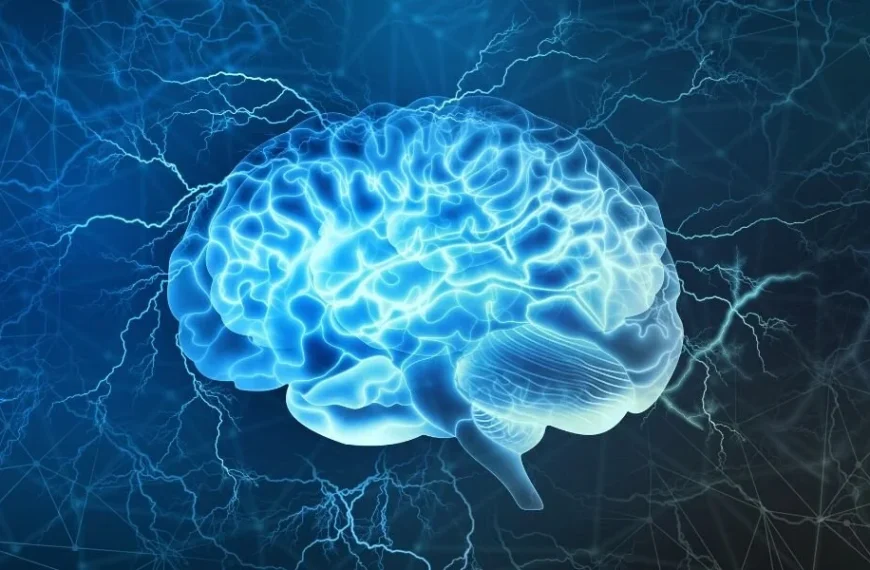Introduction
In the world of sports, fans are often regarded as the heartbeat of the game. Their chants, cheers, and support create an atmosphere that energizes athletes and teams, often influencing the outcome of every match. While sports are undoubtedly a contest of skill, strategy, and preparation, the psychological and emotional impact of fan presence cannot be overstated. Whether it’s the deafening roars of a home crowd or the charged silence of an away stadium, fans hold an undeniable power to affect the dynamics of a game.
The influence of fans goes beyond just moral support. Research has shown that fan behavior, enthusiasm, and the environment they create can physically and mentally impact athletes, influencing everything from performance levels to decision-making 스포츠중계. This article explores how fans influence the outcome of every match, examining the psychological, emotional, and social effects they have on both players and teams.
1. Psychological Effects of Fans on Athletes
1.1. The Home-Field Advantage
One of the most significant ways fans influence the outcome of a match is through the concept of home-field advantage. Teams playing at home often perform better than when they are playing away, and much of this advantage is attributed to the support of home fans. The familiarity of the home environment, along with the energy and motivation that comes from a supportive crowd, can provide a substantial psychological boost to athletes.
Studies have shown that athletes tend to perform better when they are cheered on by their own supporters. For instance, soccer players are known to be more confident and energetic in front of their home crowd, which can lead to better execution of plays and strategies. The fan’s presence makes players feel a sense of responsibility and pride in representing their home team, pushing them to exceed expectations.
For example, in football, the loud, boisterous cheering from home fans often overwhelms the opposing team’s communication, leading to mistakes and reduced performance from away players. This creates a dynamic where the home team feeds off the energy of their fans, and the away team feels more pressure and anxiety. This psychological boost can be critical in close games or high-stakes situations.
1.2. The Pressure of Away Games
On the flip side, the psychological pressure of playing in front of hostile fans can negatively affect athletes. Away games often come with the challenge of performing in an environment where the crowd is actively rooting against the visiting team. The jeering, taunting, and overall hostile atmosphere can lead to increased stress and anxiety for athletes, affecting their performance on the field https://centralrecorder.com.
Athletes may become distracted by negative energy, leading to mistakes, loss of focus, and a decline in physical performance. A study conducted by the University of Southern California found that players are more likely to commit penalties or make errors when playing in an away stadium filled with opposing fans. The hostile environment can make athletes second-guess their decisions and lead to poor judgment, ultimately affecting the outcome of the match.
2. The Emotional Impact of Fan Support
2.1. Boosting Morale and Confidence
One of the most powerful influences fans have on a game is their ability to boost the morale and confidence of athletes. When fans cheer for their team, their energy often translates into a sense of invincibility and motivation for the players. This support can be especially impactful during critical moments in a match when athletes may feel fatigued, frustrated, or mentally drained.
For example, basketball players often describe how a loud and supportive crowd can ignite their passion and energy during tough stretches of the game. The emotional bond between athletes and fans can be incredibly motivating, as athletes feel that they are not alone in their struggle, but are supported by a collective force.
Moreover, fans can also influence individual performances. Athletes such as LeBron James and Cristiano Ronaldo have publicly acknowledged how much the crowd’s enthusiasm fuels their drive during games, especially during pivotal moments like playoff matches or finals. The presence of passionate fans can spark extraordinary performances, sometimes turning the tide in a game or match.
2.2. Handling Adversity and Setbacks
Conversely, fan support can also help athletes recover from adversity. When a team falls behind or faces a difficult challenge, the crowd’s support can provide the psychological resilience needed to keep fighting. The energy of cheering fans serves as a reminder to the athletes of their capabilities and the importance of pushing through difficult times.
In contrast, the silence of disappointed fans can make athletes feel even more isolated when things are going wrong. The emotional pressure of not performing up to expectations, especially in front of a crowd, can lead to mistakes and poor performance. The presence of supportive fans, however, can help athletes bounce back from setbacks and maintain a positive mindset.
3. The Social Impact of Fans on Team Dynamics
3.1. Building Team Unity
Fans play a crucial role in fostering unity and camaraderie among players. The collective support from fans for the team creates a shared sense of purpose and responsibility. Athletes often feel an obligation to perform well for their fans, leading to a stronger bond between teammates and an increased sense of loyalty to the team.
For example, football teams often report that their performance is strongly influenced by the energy and emotion from the stands. The idea that they are representing not just their teammates but also the community of fans creates a deeper connection and commitment to each other’s success. This social dynamic can strengthen team morale and foster better collaboration, especially in high-pressure situations where teamwork is key to overcoming challenges.
3.2. Creating Rivalries and Motivation
Fan culture also plays a major role in rivalries between teams, which can have a significant impact on performance. Intense rivalries, fueled by the passionate support of opposing fan bases, heighten the stakes of a match and increase the level of competition. These rivalries often push athletes to perform beyond their usual capabilities, driven by the desire to win for their fans and to maintain team honor.
For example, Real Madrid and FC Barcelona share one of the most intense rivalries in football, with their matches known as “El Clasico.” The energy of the fans, both supporting and opposing the teams, elevates the competition, driving athletes to give their best performances in front of thousands of enthusiastic supporters. The motivation to beat their rivals for the pride of the fans pushes players to reach new heights of skill and performance.
4. Fan Influence in the Digital Age
4.1. Social Media and Instant Feedback
In today’s digital age, fan influence extends far beyond the stadium. Social media platforms have given fans a global voice, allowing them to interact directly with athletes and teams. While this can create a sense of connection, it also means that athletes are exposed to instant feedback, both positive and negative, from fans around the world.
Positive comments and support from fans on social media can provide an emotional boost to athletes, reinforcing their confidence. However, negative comments and online criticism can also have a detrimental effect, leading to increased pressure and mental stress. For example, many professional athletes have openly discussed the mental toll of online abuse, especially after poor performances, highlighting how the emotional influence of fans can extend beyond the game itself.
4.2. Fan Behavior and Its Impact on Performance
The behavior of fans in the stands can also affect the flow of the game. A noisy, supportive crowd can disrupt the concentration of opposing teams, while creating an environment of enthusiasm and excitement. On the other hand, negative behaviors—such as booing or inappropriate comments—can create tension, distracting athletes and affecting their ability to perform at their best.
In sports like basketball, the energy of the crowd is critical in turning momentum. When a crowd cheers for a team during a run of good plays, it can elevate the team’s energy, resulting in even better performance. Conversely, when fans express dissatisfaction or frustration, it can result in increased anxiety and pressure on athletes.
5. Conclusion
The influence of fans on the outcome of a match is undeniable. From providing psychological support to boosting morale and creating intense motivation, the presence of fans has a profound impact on the performance of athletes. Whether it’s the home-field advantage that energizes athletes or the pressure of away games that challenges them, fan behavior shapes the dynamics of every match.
The emotional connection between athletes and fans fosters a sense of unity, responsibility, and pride. Fans’ enthusiasm can spark extraordinary performances, while their criticism can serve as a reminder of the high stakes involved in sports. In the digital age, the influence of fans has grown, with social media providing instant feedback that can motivate or challenge athletes.
Ultimately, sports are not just about the competition on the field but the shared experience between athletes and their fans. The energy, passion, and support of fans elevate the game, making it not only a contest of skill but also a test of mental resilience and emotional connection. Fans are an essential part of the sport, and their influence is felt long after the final whistle blows.



